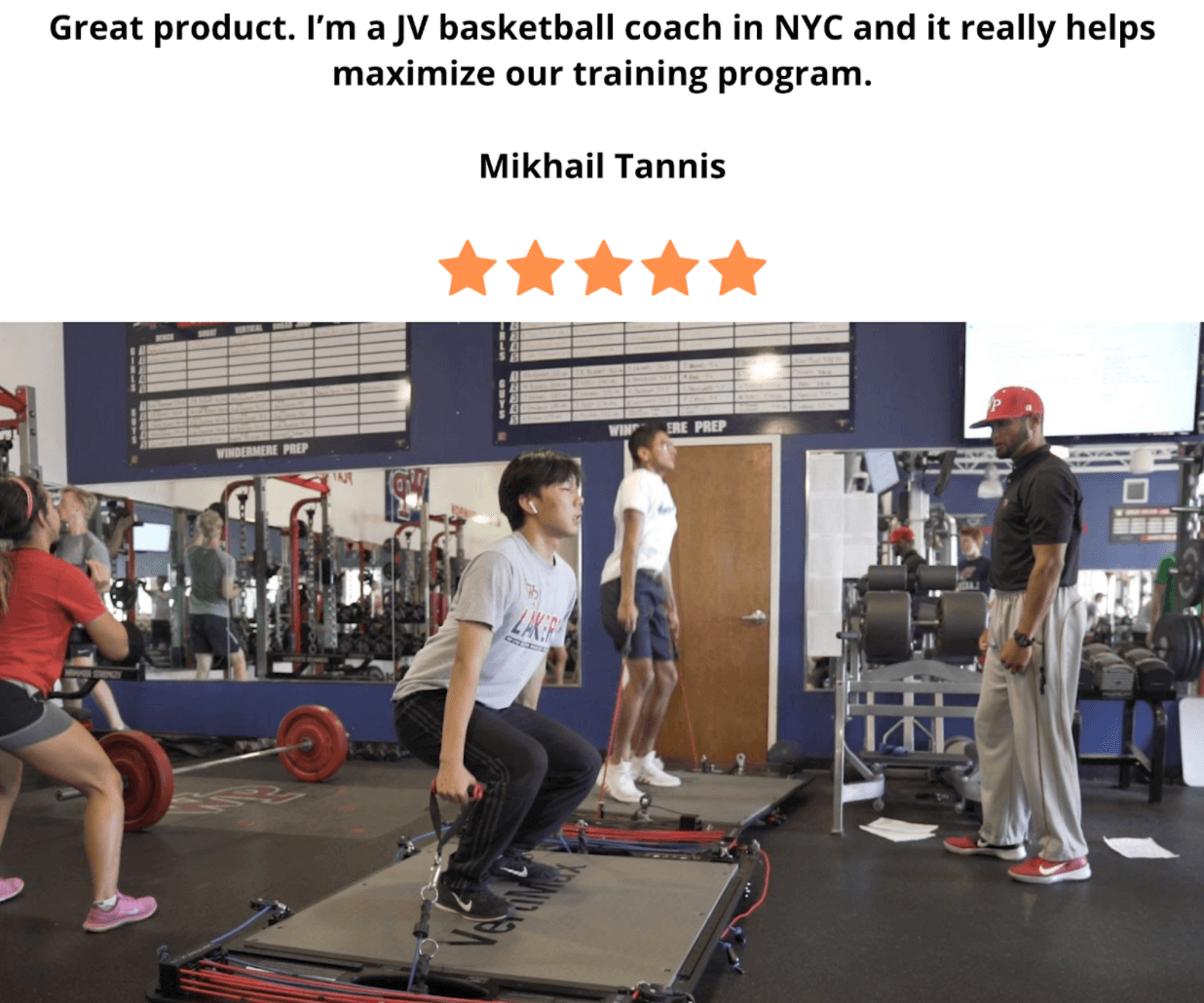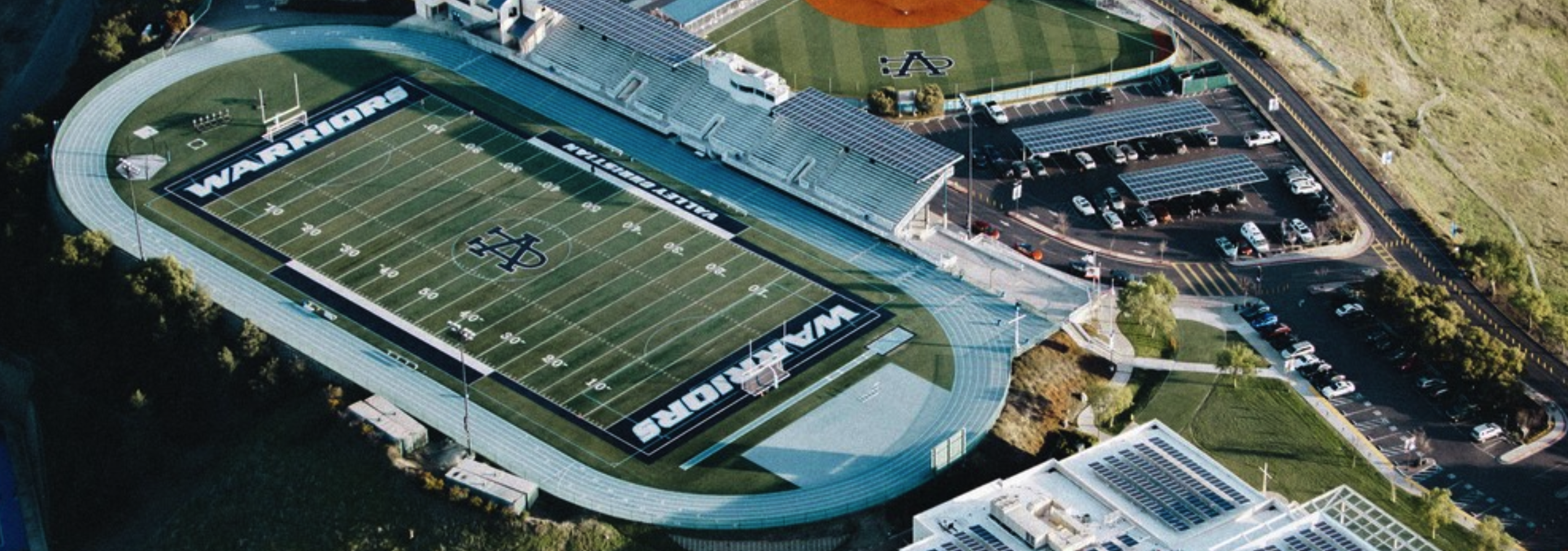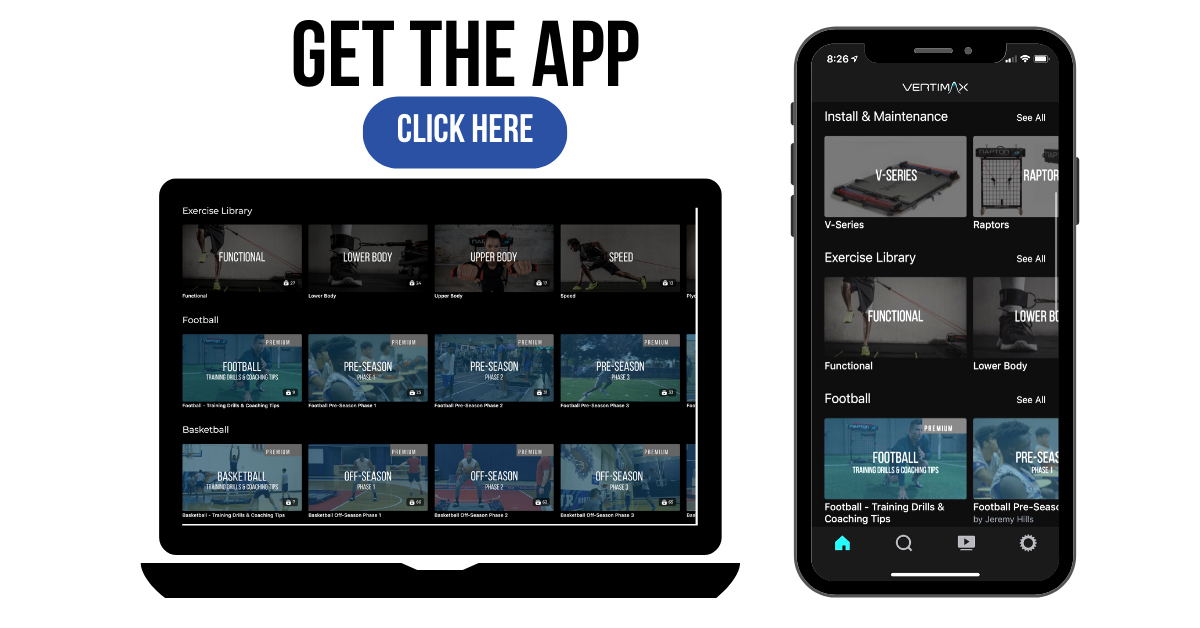I get to speak to high school coaches and administrators daily that have a true passion for helping their athletes not only physically, but emotionally and academically as well.
It truly is an honor when a high school allows me to spend some time with them, learn about their program, and better understand their opportunities and challenges.
What I can say is that no matter where you are as you read this, the conversations I have with all high schools are all very similar.
I work with schools that have money to do whatever they want, and it shows in their athletic facilities.
I work with schools that have a pretty easy time raising funds and just need some time in order to update their facility, but I also work with schools where coaches and administration have to go into their personal budget just to give their athletes a half decent experience in their program.
No matter the program, no matter the budget, no matter the size of the school, there is a common thread amongst all of them.
Today I'm going to share with you those trends we have seen at VertiMax in our High School Community.
Take a look and let me know if you are focused on any of these as well in your program!
Top High School Sports Program Trends
1. A Focus on Updating Facilities
Last week I wrote an article on getting funds to update your facilities using the SEP Principle. This principle has started to minimize the amount subpar facilities in our community. High school administration is taking strength and conditioning seriously because they know the impact it can have on the success and safety of their athletes. With many kids not having as much access to physical education due to budget cuts or testing pressure, it’s imperative that athletes have a proper place to hone in their craft. Schools are creating/updating existing space for their athletes, updating equipment, investing in state of the art audio/visual components, as well as adding in new technology.

2. Updating Training
One big trend we’ve seen is the addition of far more sport specific training. Not only are the schools updating the weights and the equipment, they’re getting far more specific inside the weight room (when applicable), which always benefits the athletes. Athletes are doing resisted sprinting, jumping and power movements away from barbells, dumbbells and weight plates, and getting into specific movements that will positively transfer mechanics to the athlete’s sport specific performance. This includes speed training, agility training, and even jump training to increase power output. Although strength is a huge performance enhancer to an athlete, as the athlete moves closer to their full potential, it is important to focus on honing in their craft, and a lot of coaches seem to be headed in this direction.
3. Focus on Injury Prevention
One thing I hear a lot of coaches saying lately during our conversations is ‘My main job is injury prevention of my athletes’. This is very true, as the goal of any coach is to create better athletes, and injuries can hold a player or even the entire team back from achieving their performance related goals. In fact, according to the National Strength and Conditioning Association (NSCA) Strength and Conditioning Professional Standards and Guidelines, strength and conditioning coaches have a “duty to the participants they serve to take reasonable steps to prevent injury, and to act prudently when an injury occurs.” In today’s high school strength world, we’re seeing far more of an integration between the coaching staff, athletic trainers and the athletes. Athletic trainers and strength staff are mutually creating return to play protocols, athletes are being advised to tell coaches if and when they are injured immediately, some of the schools in our community have brought on emotional wellness staff, and schools are getting more advanced in nutritional services, and recovery methods, which will only help prevent injury further.
4. Technology Adoption
High schools are catching up to their athlete’s technology adoption practices and finally moving into the technology realm themselves. Now there has been plenty of technology in the sports performance world for quite some time, such as 3D Motion Analysis, force plate technology, equipment sensors and much more. That being said, not many high schools had it in the budget to bring on those types of technologies. I have schools in our VertiMax community that are utilizing technology regularly now, from using CoachesEye, a video platform that allows coaches to live stream and share videos with athletes, to TeamBuildr, a software that allows coaches to digitally create their training program, share that with teams and see all of the data from their phone or computer, and even some schools integrating AI into their training with a software such as Volt, that integrates training algorithms that ‘create sport specific training workout plans, then adapt and evolve the training as athletes get stronger. With technology being at the forefront of society, it makes a lot of sense that high schools are grasping onto it as well to better serve their athletes.
5. Coaches Educating Themselves
Like I said, I work with schools that don't have massive budgets. What I've seen in schools that don’t have the budget to hire a full time strength and conditioning coach is sports coaches taking the initiative and getting educated in strength and conditioning. Often this means more hours and no pay bump, but coaches are starting to really understand the importance of a proper strength program, and one specifically that goes beyond the weight room. Improper training can be extremely dangerous to an athlete and affect their athletic performance, so having a certified coach is a must in this day and age, and when schools can’t afford it, sport specific coaches are stepping up to the plate and taking the strength and conditioning and preparation of their athletes into their own, certified, hands.





.png?width=110&name=Listing%20Image-basketball%20ladder%20drill%20%20(350%20x%20350%20px).png)














